Reflections on A Summit for Flyways
By: TWBF Staff
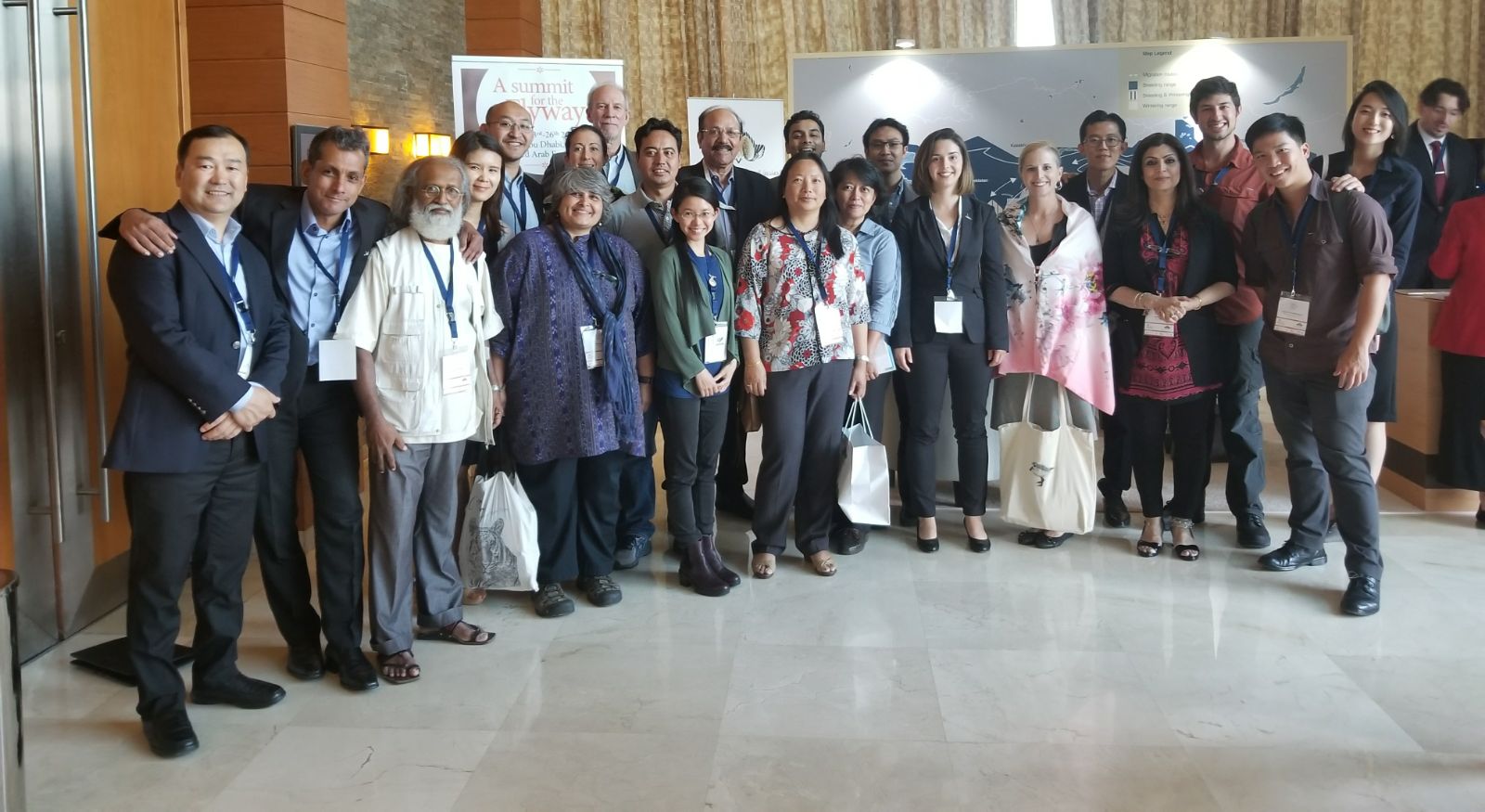
Photo of Participants at Flyways Summit
From April 23-26, 2018 the TWBF took part in A Summit for Flyways. Held in Abu Dhabi, United Arab Emirates, the event brought together participants representing the world's major flyways to discuss the status and threats to these critical highways for migratory birds. The over 100 participants from over 70 different countries represented government, the private sector, academia, donors and NGOs. Convened by BirdLife International, the summit was held in association with the Ornithological Society of the Middle East, the MAVA Foundation, the Convention on Migratory Species, and the Environment Agency-Abu Dhabi. It was hosted by the International Fund for Hubara Conservation.
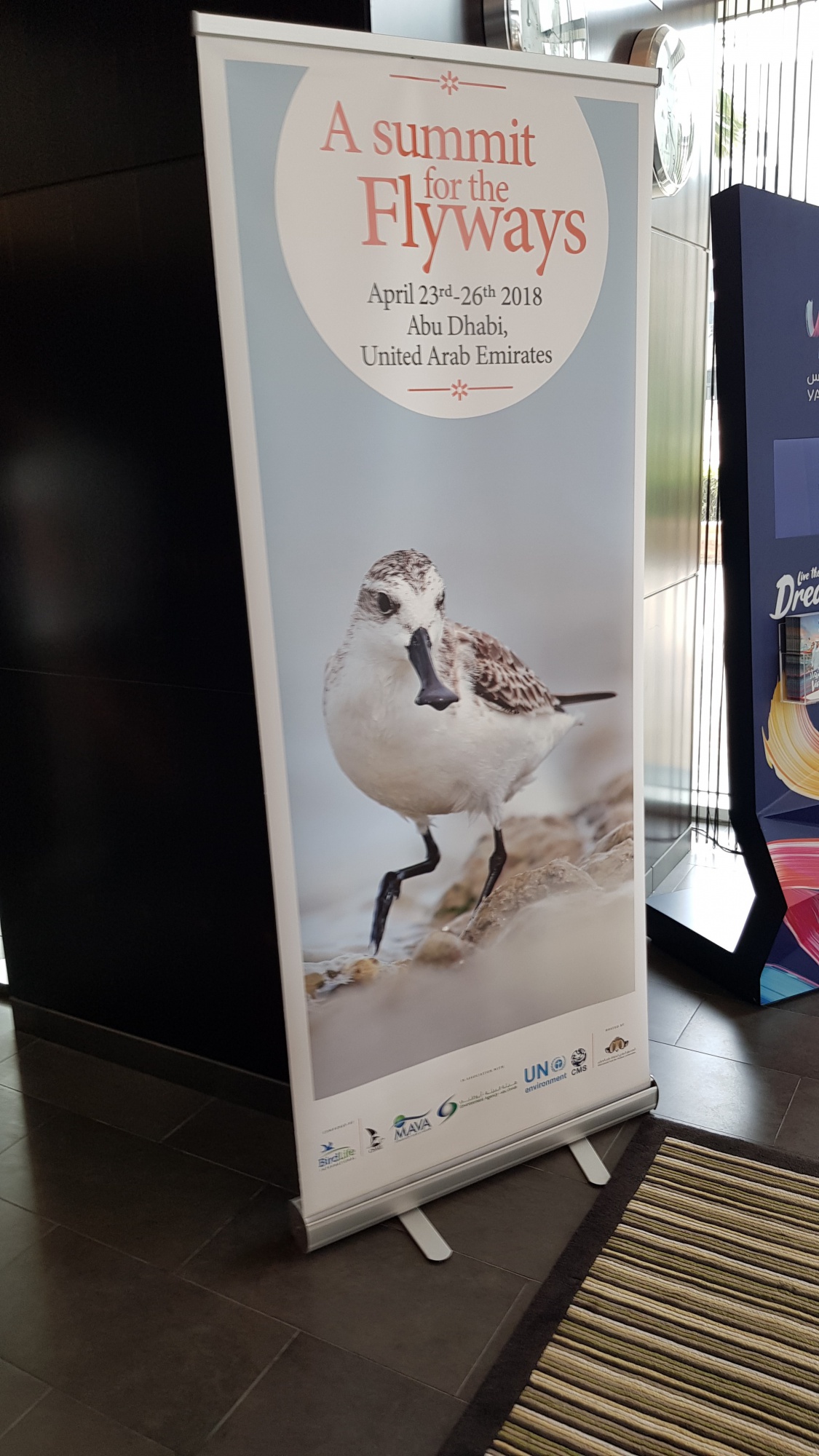
Event Banner featuring Spoon-billed Sandpiper
Each day had a number of sessions aimed at giving participants the chance to discuss the issues and threats to migratory bird species, which make up 1 in 5 of the world's 11,000 bird species.
The first day, TWBF's representative Scott Pursner participated in a session called Conserving Critical Networks of Coastal Wetlands for Migratory Waterbirds. The session, led by BirdLife's Global Flyways Programme Coordinator Barend Van Gemerden, looked to review recent progress on flyway conservation, brainstorm on creating a list of coastal wetland priority projects, and allow for a strengthening of flyways-scale partnerships for the conservation of migratory shorebirds and coastal wetlands. It was attended by 80 participants. As a member of the East Asian-Australasian Flyway, the TWBF joined that group for a breakout session. Three major takeaways from the session in terms of actions to be taken were:
1. Education is critical to long term awareness raising and can be facilitated in a number of ways, including both scientific and cultural approaches.
2. There is urgent need for strengthening site protection networks within the flyways and develop capacity to address 1) the management of sites 2) links between sites and the communities they border, and 3) links between sites.
3. With rising sea levels, there is the chance to promote initiatives which look restore past coastal wetlands lost to land claim.
It was also agreed that all of these actions require engagement with multiple sectors of society including local communities and governments, international political fora, the business sector, and media.
The second day the TWBF attended a session entitled Mainstreaming Flyway Conservation into the Wind Energy & Power Transmission Sectors. Led by BirdLife's Business & Nature Partnerships Manager Charlie Butt, the objectives were to share experiences about mainstreaming flyway conservation into the renewables and power transmissions sectors. It also looked to promote multi-stakeholder regional collaboration and profile tools which could be used by various sectors of society for these purposes.
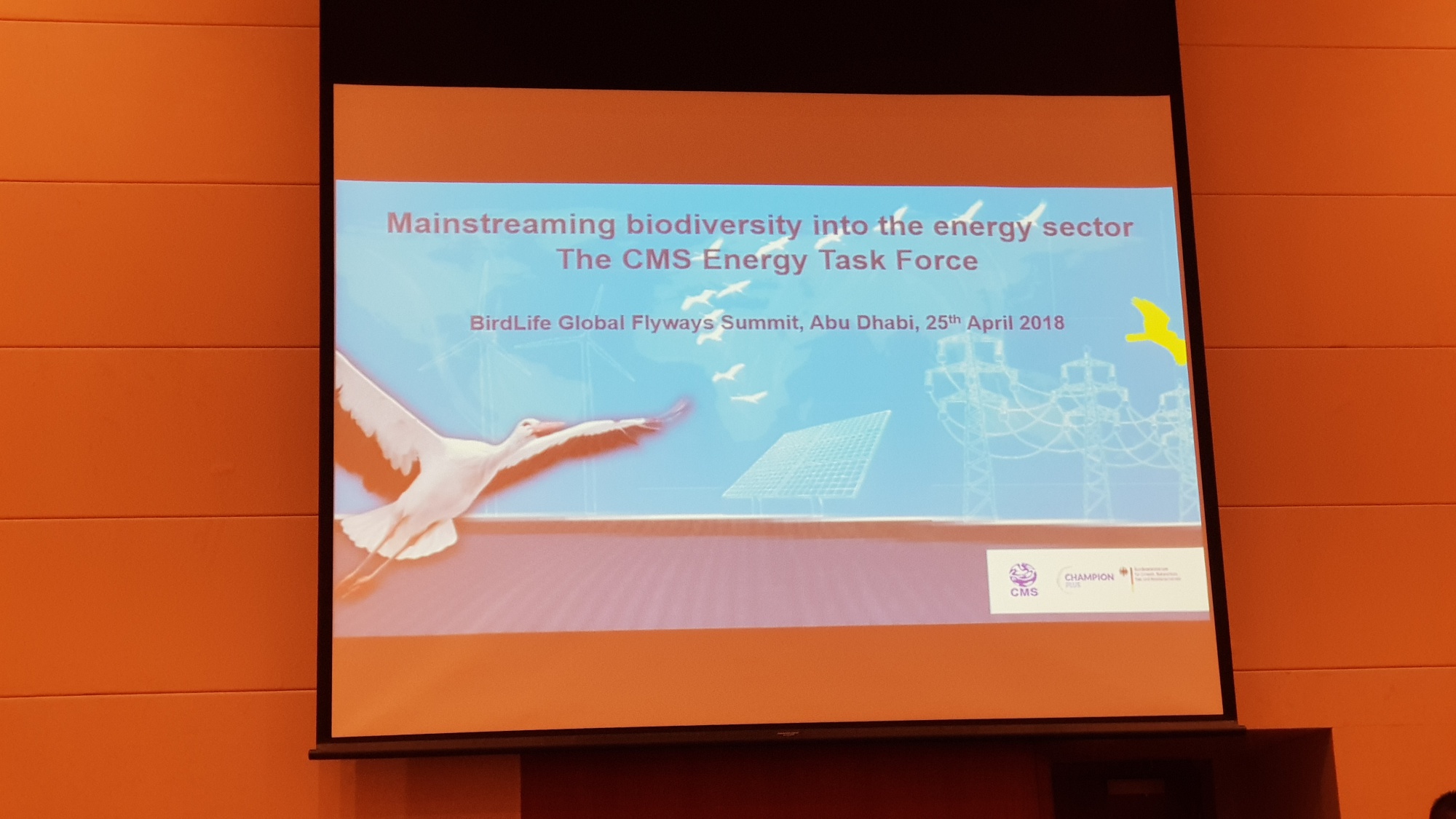
CMS Slide from Energy Session
Participants were able to hear from representatives of groups such as the Asian Development Bank, the Convention on Migratory Species and The UN Development Program discuss a number of topics related to the subject of balancing energy needs with conservation purposes. The goals for the session were to 1) provide a better understanding of the best practices and experiences for mainstreaming flyway conservation into the energy sector, 2) help to identify and develop solutions to priority issues related to the impact of the expansion of wind energy and power transmission on migratory birds 3) promote flyways as a means to connect businesses, civil society, and financial institutions at the local, regional, and global level for migratory bird conservation.
The third day's session was entitled Capacity Development for Flyway Conservation. Led by BirdLife's Senior Capacity Development Manager Kiragu Mwangi, it looked to share experiences, identify critical questions and challenges regarding flyway conservation, and develop recommendations and relationships to strengthen capacity development for flyways conservation.
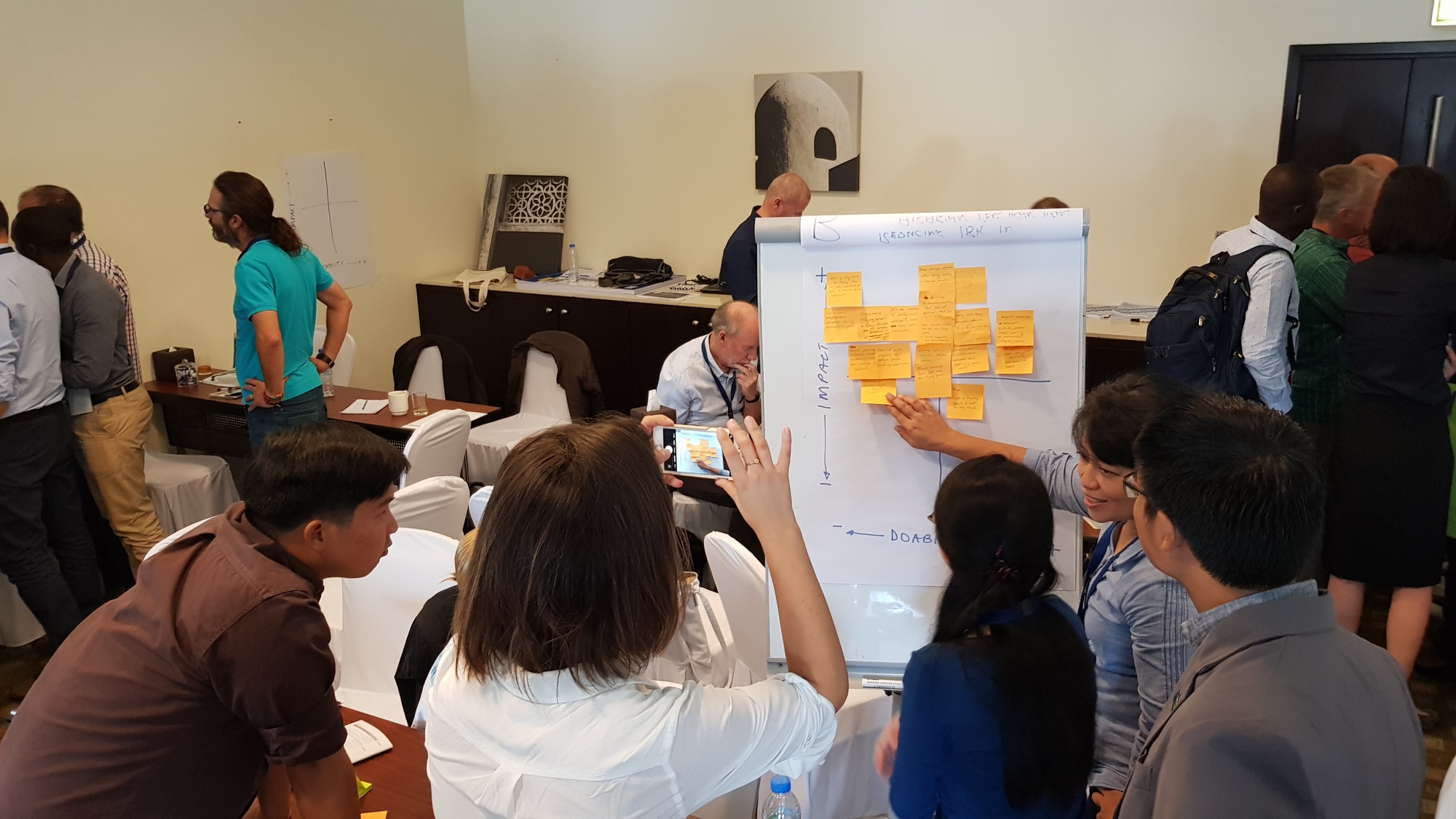
Participants take part in the Capacity development Session
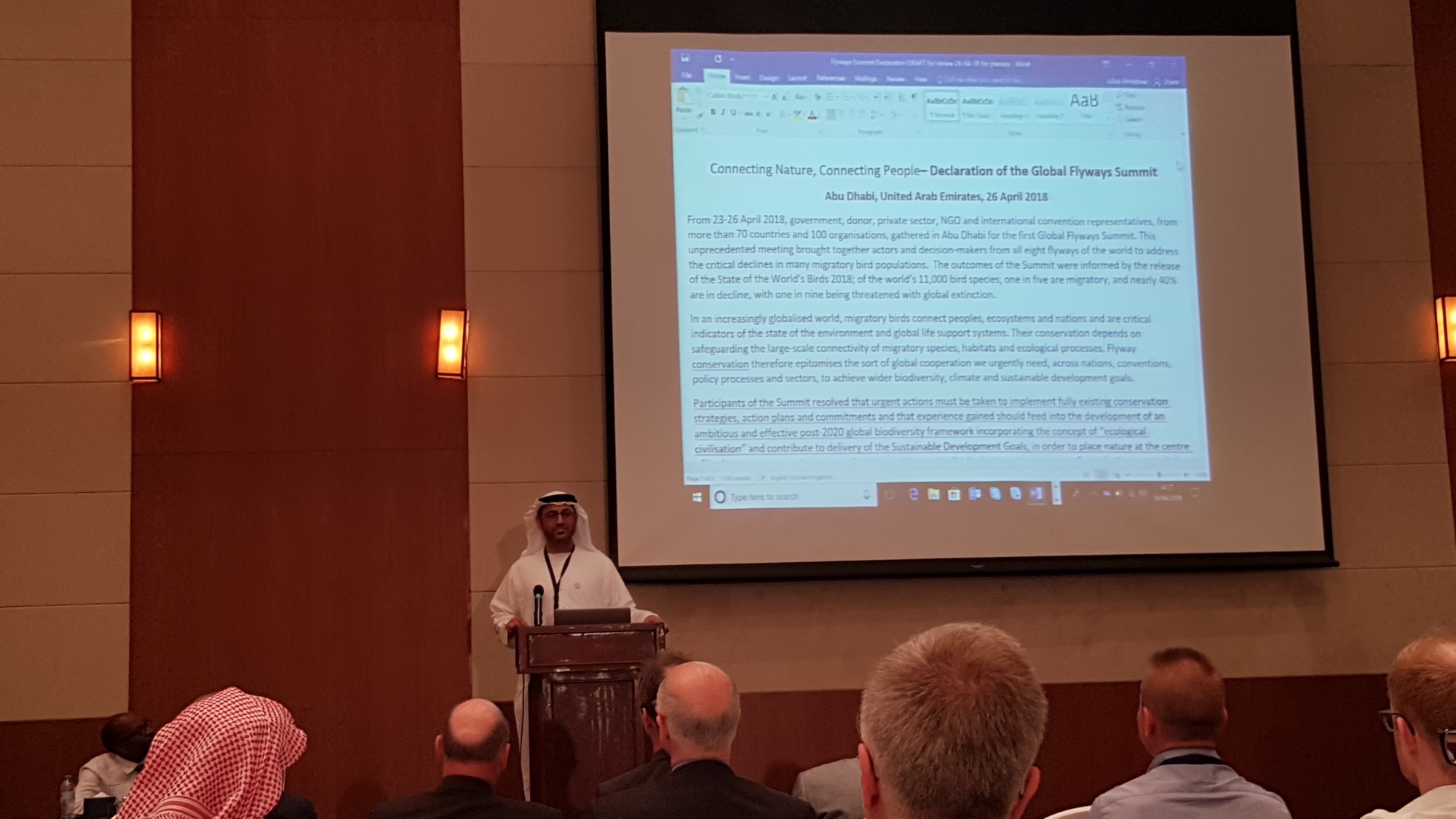
Closing Session of the Flyways Summit
Later in the day was the closing ceremony and the launch of the State of the World's Birds 2018.
Participating in this important summit was a great opportunity for the TWBF. It allowed for the group to take part in a number of useful and informative sessions, contributing the knowledge and experience of Taiwan's largest bird conservation organization and its partners. It also allowed for the group to later share the important information discussed with its 21 member organizations. Of special meaning was the energy session. Mr. Pursner was keen to ask questions regarding green energy and migratory bird species, especially as the Taiwan government is rapidly moving towards developing a number of solar and wind energy projects. These have the potential to alter many areas which are important for migratory bird species and affect migrating bird species.
One of the most important takeaways from this event is that birds truly don't know borders and that all hands are needed to help protect these important species and their critical habitats. It is hoped the conversations which started over the course of those few days will continue into the future and lead to positive developments along the flyways.
